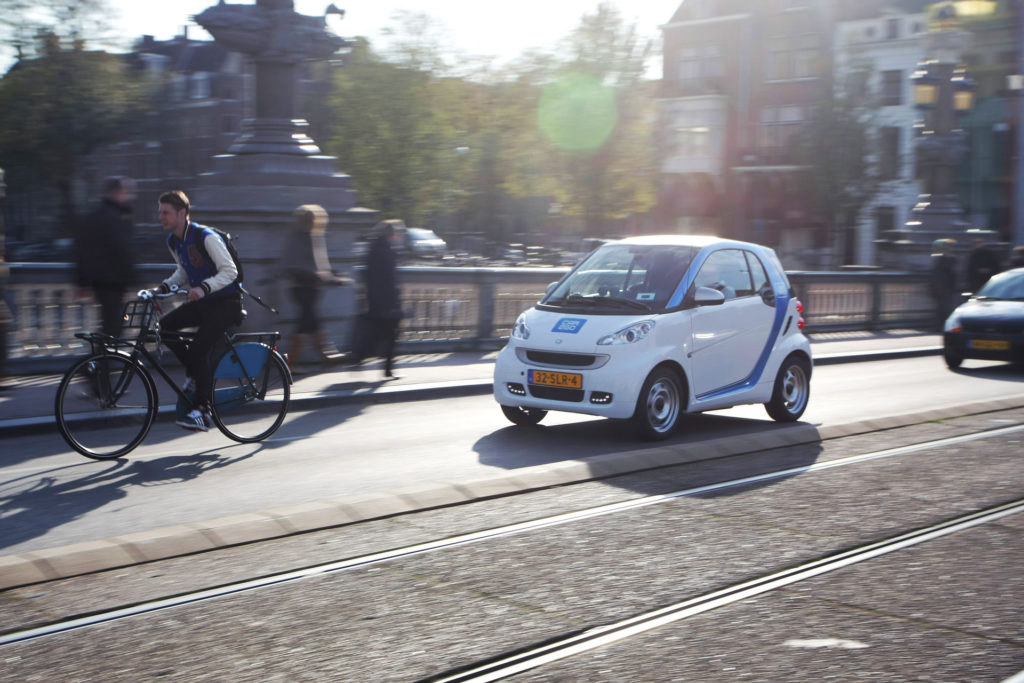Fleets should learn how to implement ‘demand prediction’ in new car2go white paper
09 November 2017

09 November 2017
Daimler car sharing subsidiary car2go has released a new white paper showing the five conditions which are crucial for the management of autonomous fleets in the future.
Unveiled prior to the Web Summit technology conference being held in Lisbon, the white paper is part of the company’s preparations for the future of autonomous, fully electric vehicles offering ride sharing services in cities around the world. Manufacturers believe this may be the future of vehicle ownership, as drivers look towards the benefits of these services over physical ownership.
According to car2go, there are five conditions essential for the optimal management of an autonomous car sharing fleet:
- Professional fleet management
- Demand prediction
- Fleet intelligence
- Intelligent charging
- The best customer experience